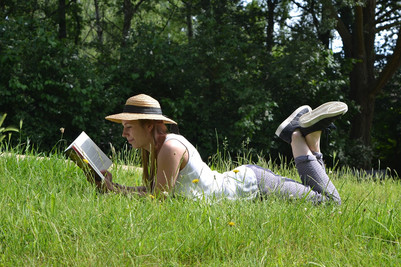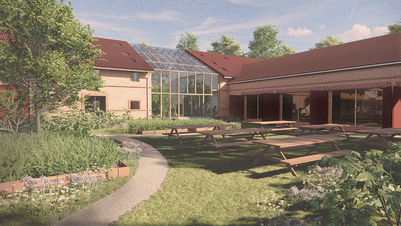
Conference Abstract | María del Mar Soto Cedeño

Domestic Space and Gender Roles: A Contrast between Social Housing in Denmark and Costa Rica in the Second Half of the Twentieth Century
This research interprets and compares the domestic environment of social housing projects built by the Welfare State in the second half of the 20th century in Copenhagen, Denmark and San José, Costa Rica. Using the theories of: “Spatial Trialetics” and gender paradigms, to delve into the implications of use and socialization within the domestic setting, as a container. This investigation analyze the spatial-cartography of the domestic sphere in the Bellahøjhusene Complex (1951) in Copenhagen and the Satellite City of Hatillo (1955) in San José. Looking for an exploration of the projects from a theoretical-historical point of view with two approaches, first by dissecting the buildings individually and secondly through a contrast between them.
This proposal aims to understand how housing has its own syntax and is lived socially by the way it is used and how bodies move through it, deeply articulating the working conditions, family life and gender roles. At the same time that it pursue redefining the social-spatial frontiers and gendered strategies of the domestic space. Studying two divergent welfare social housing cases with different geographical and architectural approaches.
María del Mar Soto Cedeño is an architecture student from the University of Costa Rica, developing her licentiate investigation, after an exchange year programme in Aarhus University, Denmark (2020-2021). Her investigations are focused on inclusive design, feminist urbanism, gender studies and bioclimatic design. During her student years she worked on architecture and management internships. Funded and coordinated two environmental organizations for the Architecture School and the Engineering Faculty.















